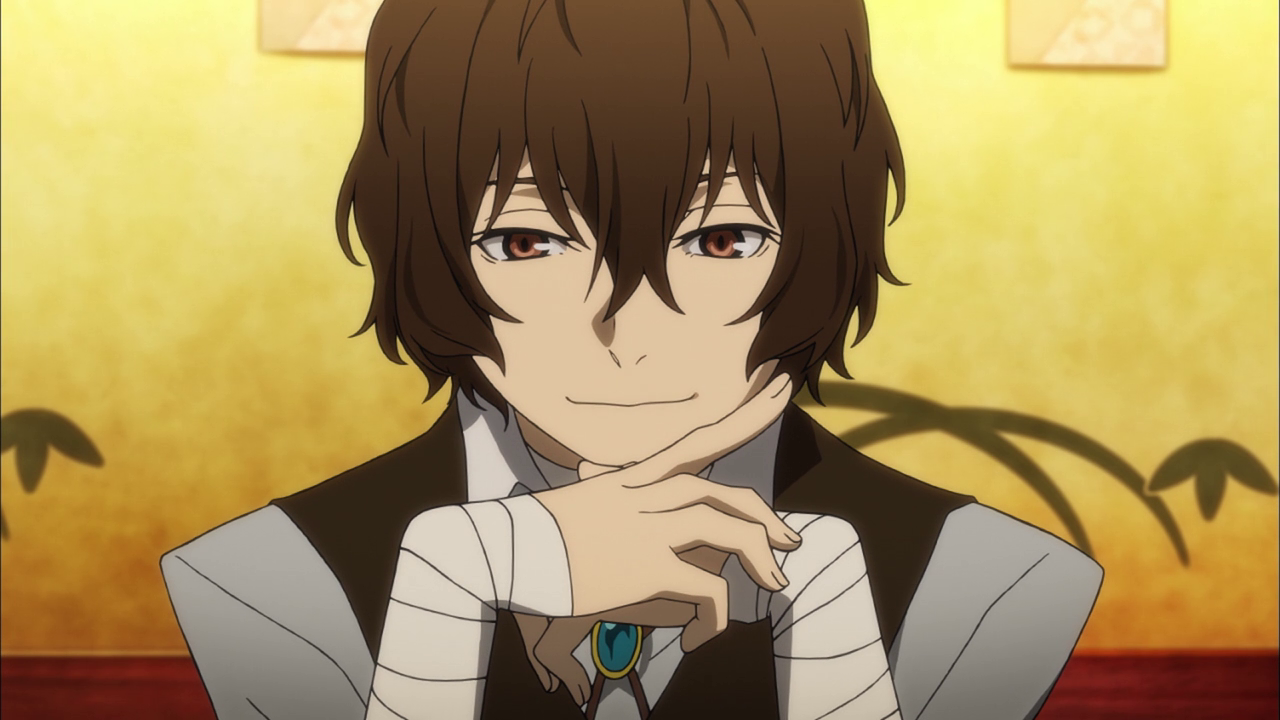Trending
The Interesting About Osamu Daza Anime
Osamu Dazai, the renowned Japanese author, has left an indelible mark on the world of literature. However, his influence extends beyond the realm of books. In this article, we explore the top 10 secrets about Osamu Dazai in anime adaptations. From the hidden inspirations to the impact on storytelling, we uncover the lesser-known aspects of Dazai’s presence in the world of anime.
1. Bungo Stray Dogs:
One of the most notable anime series featuring Osamu Dazai is “Bungo Stray Dogs,” where he is depicted as a central character. However, the portrayal of Dazai in this series is far from a literal representation, as the character possesses supernatural abilities and participates in thrilling detective adventures.
2. Literary References:
“Bungo Stray Dogs” also introduces viewers to a captivating aspect of Dazai’s anime representation: the incorporation of other famous literary figures. The series features characters inspired by renowned authors from Japanese literature, creating a unique blend of reality and fantasy.
3. Complex Characterization:
The anime portrayal of Osamu Dazai often delves into his complex psyche, showcasing his inner struggles, dark humor, and enigmatic personality. This multidimensional characterization adds depth and intrigue to the anime adaptations.
4. Exploration of Themes:
Dazai’s works often explore themes of existentialism, despair, and the human condition. Anime adaptations of his stories, such as “No Longer Human,” delve into these profound themes, offering viewers a thought-provoking and emotionally charged experience.
5. Artistic Animation:
Anime adaptations of Dazai’s works pay meticulous attention to visual aesthetics, employing artistic animation styles to capture the essence of his stories. The use of color palettes, symbolism, and atmospheric visuals enhances the emotional impact of the narratives.
6. Historical Context:
Some anime adaptations set in historical periods, such as “Run, Melos!” and “Hashire, Melos!”, provide a glimpse into the social and political landscape that influenced Dazai’s writings. These adaptations offer a contextual understanding of his work within the historical backdrop.
7. Tragic Romance:
Dazai’s exploration of tragic romance finds its way into anime adaptations, where the complexities of love and relationships are portrayed with emotional intensity. The themes of unrequited love, forbidden passion, and heartbreak resonate with viewers, immersing them in poignant narratives.
8. Psychological Exploration:
Anime adaptations of Dazai’s stories often delve into the depths of the human psyche, unraveling complex psychological profiles of characters. The exploration of mental states, inner conflicts, and the impact of trauma adds a psychological dimension to these adaptations.
9. Symbolism and Metaphor:
Dazai’s use of symbolism and metaphor is ingeniously translated into anime adaptations. Visual cues, subtle imagery, and allegorical representations enrich the storytelling, allowing viewers to engage with deeper layers of meaning.
10. Impact on Anime Industry:
Osamu Dazai’s profound influence on the anime industry cannot be understated. His works have inspired numerous adaptations, captivating audiences worldwide and contributing to the evolution of storytelling techniques within the medium.
Osamu Dazai’s presence in anime adaptations brings a unique blend of literary brilliance, complex characters, and thought-provoking themes to the medium. From the incorporation of literary references to the exploration of psychological depths, these adaptations pay homage to Dazai’s literary legacy while offering viewers a fresh and visually captivating experience. Through the artistry of animation, Osamu Dazai’s secrets are brought to life, allowing fans to further appreciate the depth and impact of his storytelling in the realm of anime.

